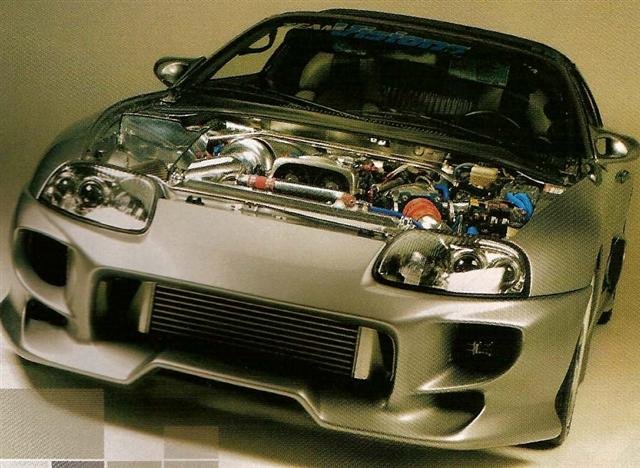
It is common that many race cars or performance vehicles are fitted with turbochargers. However, some engines come with a single turbo while others are equipped with twin units. In this blog we shall explore what is the difference with this both and is there any advantage in going double?
A turbocharger increases engine power output by increasing the air mass entering the engine through compression. Exhaust gases drive a turbine that, in turn, spins a compressor.
However, turbochargers often faced by the phenomenon of
"turbo lag". This is the time taken for the turbine of the turbocharger unit to spin up to the speed at which it becomes effective. What the driver feels is that when he presses the accelerator, the engine does not respond immediately and there is an irritating time lapse before the power surge is delivered.
A large turbo sends more air to the engine and results in more power but the bigger and heavier turbine means longer lag. Likewise, a small turbocharger unit may offer the benefit of lower lag but it does not flow as much air and consequently, power gain is limited.
Engineers see twin turbochargers as a good compromise where each small turbo responds quickly to throttle changes, yielding low lag while the combined volume of two turbines deliver enough air mass to produce as much power as a single big blower.
Now that you guys have read this blog I assume that most of you will prefer a twin turbo units as compared to a single turbo? Would love to hear some comments from your end guys. So keep posting and we shall decide this once and for all..Many thanks people..








